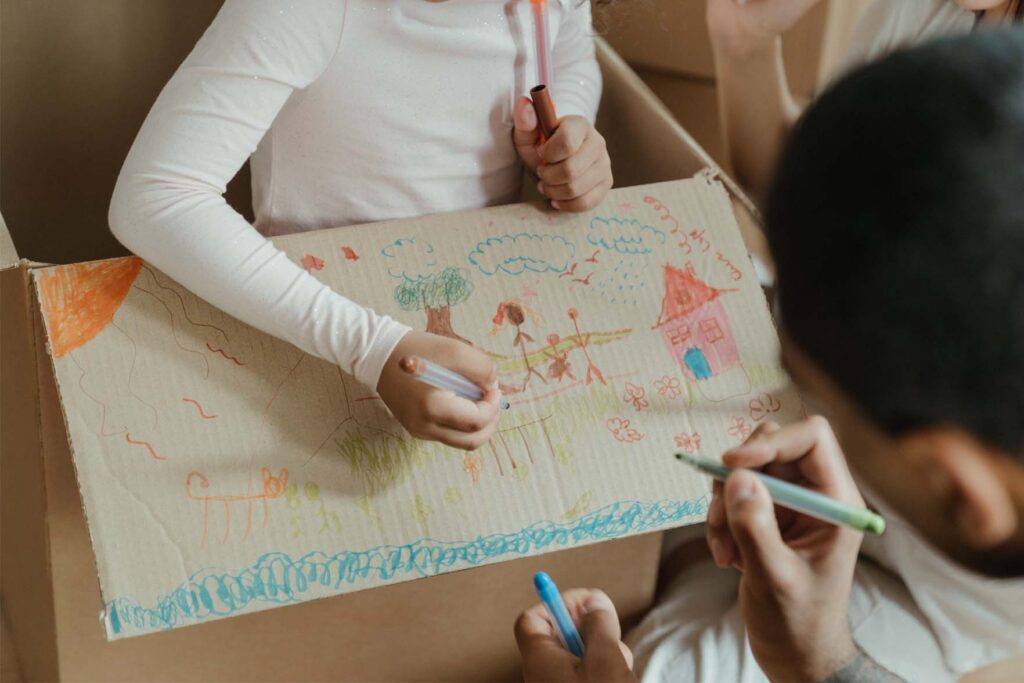
Drawing and writing are two ways that children can communicate, using language and visual symbols.
Every drawing is a journey, the children travelers, out to discover themselves and the world, ready to marvel and feel its emotions, suggestions, and potentials.
Drawing and writing support each other.
The poet Edward Estlin Cummings was both an artist and a writer, and when asked whether these two pursuits interfered with each other, he replied,
“On the contrary, they love each other”
Poet Edward Estlin Cummings
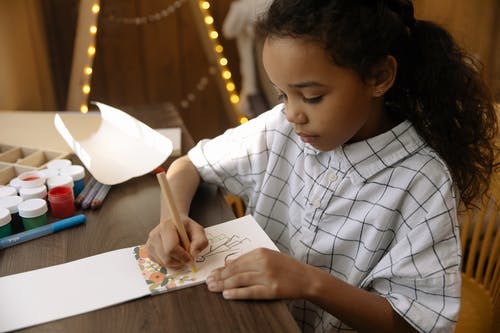
Children who draw before they tackle writing tasks produce better writing – it’s longer, more syntactically sophisticated, and has a greater variety of vocabulary.
It is likely this is because the act of drawing concentrates the mind on the topic at hand, and provides an avenue for rehearsal before writing – rather like a first draft where they can sort things out before having to commit words to a page.

Malaguzzi[1] describes drawing as a language (one of many), as a natural and biological language belonging to children that are constantly in conversation with many other languages available to children.
Malaguzzi also speaks of the pleasure of drawing. Pleasure is defined as a form of energy. He names the ‘pleasures’ that characterize the act of drawing as:
- A motor pleasure – a feeling in the body and of the mind that gives pleasure when in the act of drawing
- A visual pleasure
- A rhythmic-temporal pleasure – the rhythm and flow of a pencil or marker upon a surface that breaks up space in many directions
- A spatial pleasure – the organization of space through drawing
- A self-identifying pleasure – the seeking and giving of meaning and identity to marks made
- A pleasure of repetition
- A pleasure of knowing and learning – of making permanent or ‘fixing the event’, the what has happened or the object in terms of what is known about it
- A pleasure of the aesthetic – to know when a drawing is just right, balanced in harmony with your ideas
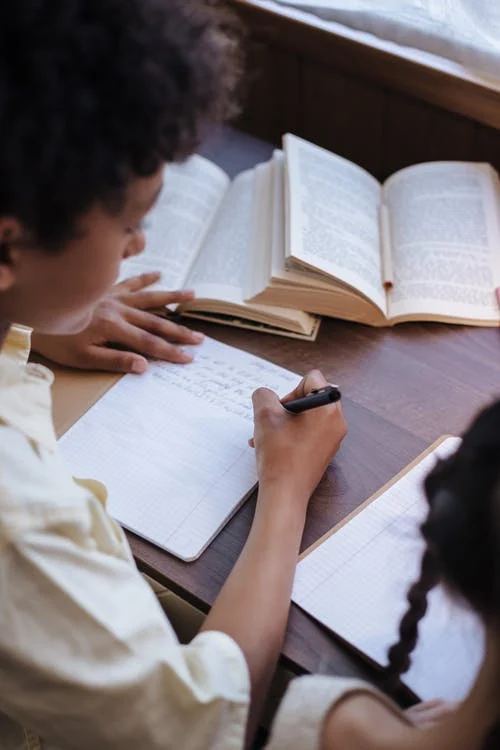
Dr. Mackenzie[2] explains that learning about writing starts long before children begin primary start school.
They start with talking and drawing and Dr. Mackenzie believes if we value these two modes of communication, we can build on both of these skills.
“It’s important to give drawing the same kind of recognition that we give exploration of oral language. We encourage children to talk as we recognize their “babble” from early on. For example, parents can have conversations with a child who is “babbling”
Dr Noella Mackenzie
Dr. Mackenzie advises parents to provide young children with legitimate mark marking tools, such as good quality early crayons, textas, and pencils designed for small hands.
“Children with older siblings have an advantage because they have access to these tools. We need to give all children access to these tools and encourage them to play around with the notion of mark-making,”
Dr Noella Mackenzie
“The ways that kids make meaning and record their worlds through drawings is an important step in developing writing and, therefore, in developing literacy.”
Dr Noella Mackenzie
“It’s actually very important for our children’s future as ‘text creators’. If we think of them as ‘text creators’ rather than just writers, it’s easier to understand the importance of incorporating the visual images – the drawings and paintings, and their talk – as well as their developing linguistic skills in written language.”
Dr Noella Mackenzie
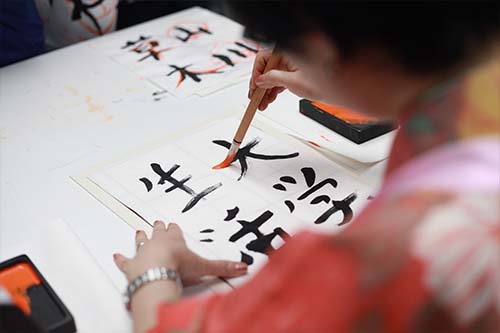
Drawing plays an important role in the perceptual-motor development of the child.
The graphic activities are presented there as having two objectives: “educating the eye and educating the hand”.
Drawing, like graphic design, makes it possible to develop the student’s gesture, allowing him to move from lively and spontaneous movements to a certain control, with the acquisition over time of visual and motor skills.
Also, learning to write will be made less difficult thanks to the habits acquired.
But reducing drawing to a preparatory activity for the acquisition of written language would be wrong. While it can provide assistance, it is not an end in itself.
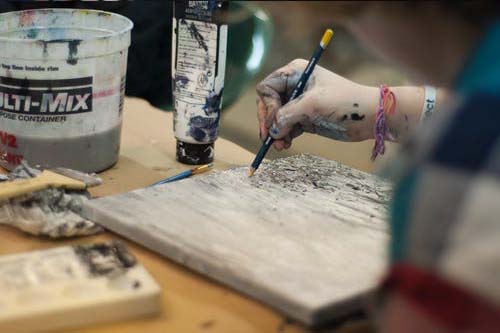
In conclusion, Alain Lieury[3] affirms in this sense, in the Visual Psychology Manual for Teachers (2010), that
“Drawing is a privileged mode of expression for young children and reflects their psycho-motor progress (quality of graphic design), intellectual and affective, since the child projects his way of being in the world, by expressing his inner experience with all the conflicts experienced and the unspoken anxieties. “.
Alain Lieury
[1] Loris Malaguzzi – Reggio Emilia Approach
[2] Professor in literacy studies at Charles Sturt University, Dr. Noella Mackenzie
[3] Alain Lieury – Emeritus Professor of Cognitive Psychology
